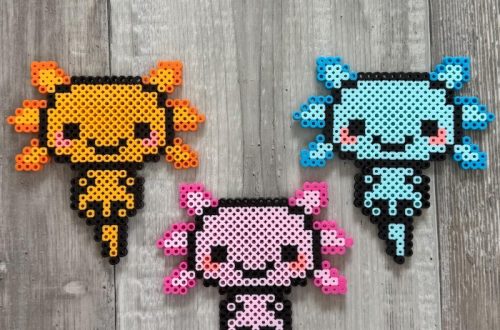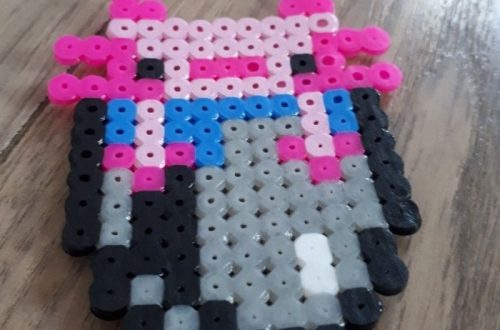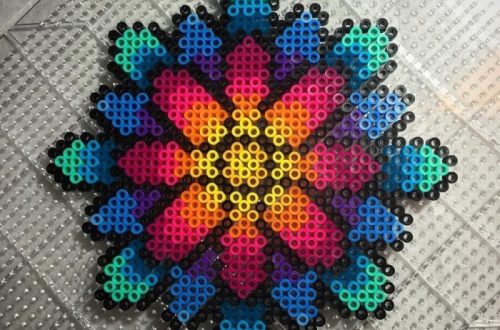Part 1: The Importance of Using Eco-Friendly Art Supplies
Creating art is a beautiful and fulfilling form of self-expression, but it can also have negative impacts on the environment if done without consideration for eco-friendly practices. Here are two reasons why using eco-friendly art supplies is important:
1. Reduced Environmental Impact:
Traditional art supplies, such as oil-based paints, toxic solvents, and synthetic brushes, can release harmful chemicals into the air and waterways, contributing to air and water pollution. Oil-based paints require harsh solvents for cleaning, which can release volatile organic compounds (VOCs) into the surroundings, contributing to smog and harming human and environmental health. By using eco-friendly art supplies like water-based paints and natural brushes, artists can significantly reduce their environmental impact and contribute to a healthier planet.

2. Healthier Working Environment:
Many traditional art supplies contain toxic substances that can be harmful to the artist’s health, leading to chronic health issues and respiratory problems. For example, the fumes from oil-based paints and solvents can cause headaches, dizziness, and nausea. The pigments and binders in some paints contain heavy metals and other hazardous materials. By opting for eco-friendly alternatives, artists can create in a safer and healthier working environment, with minimal exposure to harmful chemicals. This promotes long-term well-being, allowing artists to focus on their creativity without compromising their health.
Part 2: Eco-Friendly Art Supplies for Painting
Painting is a popular form of artistic expression, but it often involves the use of toxic paints and chemicals. Here are two eco-friendly alternatives for conscious painters:
1. Water-Based Paints:
Water-based paints, such as acrylic and watercolor, offer a non-toxic alternative to traditional oil-based paints. With lower VOC levels and easy clean-up using water, they reduce the need for harmful solvents, benefiting both artists’ health and the environment. Furthermore, these paints can be utilized in conjunction with eco-friendly tools like bamboo brushes or those made from reclaimed materials, contributing to a more sustainable and conscious artistic practice. Embracing water-based paints aligns with the broader shift towards eco-friendly art supplies, offering artists a safer and more environmentally responsible option for their creative endeavors.
2. Natural Brushes:
Opting for natural fiber brushes, such as hog hair, sable, or bamboo, presents a sustainable choice for artists seeking environmentally friendly alternatives. These brushes offer not only high quality but also a lower environmental impact. Their sustainability stems from their biodegradability and renewable sourcing, aligning with eco-friendly principles. Furthermore, the ease of cleaning natural fiber brushes reduces water usage and minimizes chemical waste, as they can be cleaned with greater efficiency compared to synthetic alternatives. By embracing natural fiber brushes, artists contribute to a more eco-conscious approach to their art practice, reducing their environmental footprint and promoting the use of sustainable materials within the artistic community.

Part 3: Eco-Friendly Art Supplies for Drawing and Sketching
Drawing and sketching are foundational skills for many artists, but traditional drawing materials often contain harmful chemicals and non-sustainable materials. Here are two eco-friendly options for conscious creators:
1. Recycled Paper:
Opting for recycled paper over traditional virgin wood pulp paper represents a proactive step toward sustainability within the artistic community. By choosing recycled paper made from post-consumer waste, artists markedly reduce the demand for new resources and contribute to the conservation of forests, habitats, and biodiversity. Additionally, the use of recycled paper helps divert waste from landfills, supporting the principles of a circular economy and waste reduction. The technological advancements in paper recycling have led to remarkable improvements in the quality of recycled paper. Artists now have access to a diverse range of textures, weights, and finishes, catering to a broad spectrum of drawing and sketching techniques. Whether for intricate pen-and-ink work, expressive charcoal drawings, or detailed pencil sketches, recycled paper offers a versatile and sustainable substrate for artistic expression.
Furthermore, the availability of high-quality recycled paper supports artists in their pursuit of eco-conscious practices without compromising on the aesthetic and tactile properties essential for their creative endeavors. Embracing recycled paper aligns with the broader ethos of environmental responsibility, enabling artists to visually communicate their dedication to sustainable practices through their artworks. By choosing recycled paper, artists play a pivotal role in fostering a culture of environmental stewardship within the art community and contribute to the broader sustainability movement.
2. Plant-Based Inks:
Traditional inks, commonly used by artists, are frequently composed of petroleum-based chemicals and synthetic dyes, which can have environmental and health implications. However, the availability of plant-based inks, derived from natural sources such as soy and vegetable oils, presents a sustainable and non-toxic alternative for environmentally conscious artists. Plant-based inks offer a growing array of colors, showcasing the versatility and viability of sustainable options for artistic expression. These inks are crafted without the harsh chemical components of traditional inks, prioritizing the use of renewable and biodegradable resources in their production.
The introduction of plant-based inks into the artistic repertoire represents a pivotal shift toward eco-friendly practices without sacrificing artistic quality. These inks cater to a myriad of drawing techniques, matching the vibrancy and depth of traditional inks while aligning with environmental sustainability. Moreover, the uptake of plant-based inks extends beyond a mere shift in materials; it embodies an ethical and conscious decision by artists to minimize their environmental footprint, reinforcing their commitment to sustainable art practices.

By incorporating plant-based inks into their artistic processes, creators not only embrace ecological mindfulness but also inspire a broader ethos of environmental responsibility within the artistic community. The utilization of these environmentally friendly inks serves as a visual testament to artists’ dedication to sustainable living and conscious creativity. As environmental awareness continues to gain importance, the integration of plant-based inks into artistic practices underscores the powerful role of art in driving positive change and fostering a sustainable future.
Part 4: Eco-Friendly Art Supplies for Mixed Media and Sculpture
Mixed media and sculpture are versatile art forms that often involve the use of a wide range of materials. Here are two eco-friendly options for conscious creators working in mixed media and sculpture:
1. Recycled and Upcycled Materials:
Instead of purchasing new materials, artists can utilize recycled and upcycled materials for their mixed media and sculpture projects. This not only reduces waste but also adds a unique and environmentally friendly element to the artwork. For example, using discarded items like old magazines, plastic packaging, or discarded textiles can be creatively repurposed to create intricate mixed media collages or sculptures.
2. Biodegradable Sculpting Materials:
Traditional sculpting materials, such as resin and polymer clay, are not biodegradable and can have negative environmental impacts. Eco-friendly alternatives, such as natural clays and biodegradable resins, offer conscious creators the ability to sculpt with minimal harm to the environment. Natural clays and biodegradable resins allow artists to create intricate sculptures without leaving a lasting impact on the environment, making them an ideal choice for environmentally conscious artistry.
In conclusion, using eco-friendly art supplies is an important choice for conscious creators who want to minimize their environmental impact and create in a sustainable and healthy manner. By opting for alternatives such as water-based paints, natural brushes, recycled paper, plant-based inks, and biodegradable materials, artists can enjoy the process of creating while also being mindful of the planet. Making these small changes in art supply choices can have a significant positive impact on both the environment and the artist’s well-being. It’s crucial to continue exploring and embracing eco-friendly art supplies, as they not only benefit individual artists but also contribute to a healthier planet for generations to come.




